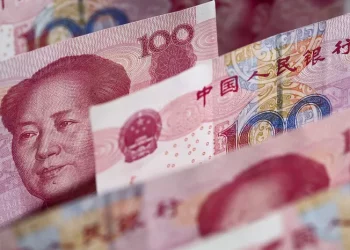The Reserve Bank of India’s Monetary Policy Committee has unanimously voted to cut the repo rate by 25 basis points to 6%, offering much-needed relief to India’s business sector as global trade tensions escalate. The central bank also shifted its policy stance from “neutral” to “accommodative,” signaling the possibility of further rate reductions in the near future.
The rate cut comes as Indian exporters continue urging the government to expedite trade talks with the United States in the wake of President Donald Trump’s aggressive tariff policies. While Trump’s administration has paused many reciprocal tariffs for 90 days, a universal 10% tariff remains in effect. The U.S. simultaneously raised tariffs on Chinese imports to 125%, a move seen as part of a broader effort to stabilize domestic markets following a steep sell-off in U.S. treasury bonds and stock valuations.
In response to growing fears of an economic slowdown, the RBI’s rate cut is intended to ease borrowing costs for businesses, homeowners, and consumers. Commercial banks began passing on the benefits of lower rates within hours of the announcement, providing much-needed liquidity amid global uncertainty. The central bank hopes this monetary support will sustain investment in the real economy and encourage export diversification.
However, the RBI also issued a sobering forecast: it revised India’s GDP growth projection for the current fiscal year downward from 6.7% to 6.5%. This downgrade reflects lingering concerns over the global economic climate, despite positive domestic indicators such as declining retail inflation — which fell to 3.61% in February — and significant drops in food staple prices.
The central bank’s cautious tone underscores a broader concern: that global economic unpredictability, driven by geopolitical shifts and protectionist policies, may undermine even well-intentioned growth measures. Trump’s trade war has particularly unsettled markets, drawing comparisons to the infamous Smoot-Hawley Tariff Act of 1930, which ushered in an era of economic nationalism and contributed to the Great Depression.
China’s retaliatory tariffs totaling 84% signal a deepening global standoff. The RBI’s actions, while supportive, also reflect a world economy teetering on the edge of fragmentation. The lesson for nations, perhaps, lies in the pursuit of growth that enhances domestic strength without damaging international partnerships. For the United States, that could mean investing in its true competitive edge: research, education, and innovation.
Related Topics:
























